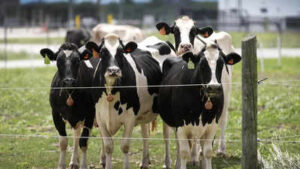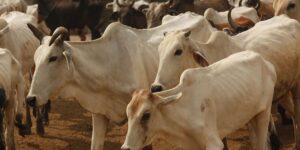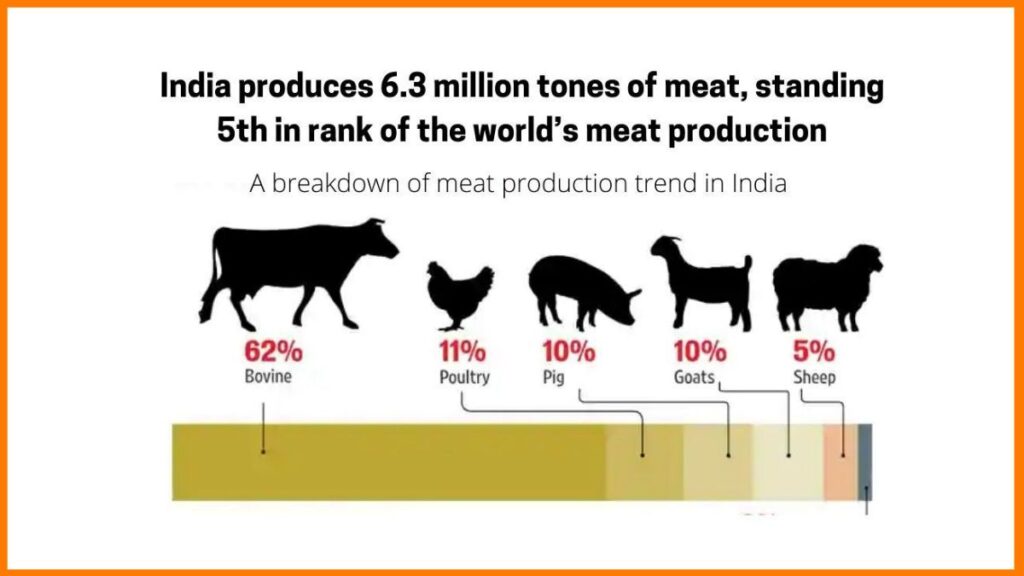
New Delhi: The Union Minister for Fisheries, Animal Husbandry, and Dairying, Parshottam Rupala, presented a report on Sunday highlighting substantial increases in the production of milk, eggs, and meat during the fiscal year 2022-23 compared to the preceding five years. However, the report also indicated a negative growth trend in wool output over the same period.
The comprehensive report sheds light on the positive trajectory witnessed in the production of key animal-derived products, underscoring the agricultural sector’s contributions to the nation’s economy. The data provides valuable insights into the evolving landscape of animal husbandry and its varied impacts on different sub-sectors.
In the realm of dairy production, the report reveals a noteworthy surge in milk output, indicating the robust performance of the dairy industry. The increased production aligns with the growing demand for dairy products in the country, driven by factors such as population growth, rising income levels, and changing dietary preferences. The dairy sector’s resilience and capacity for expansion are evident in the reported growth figures.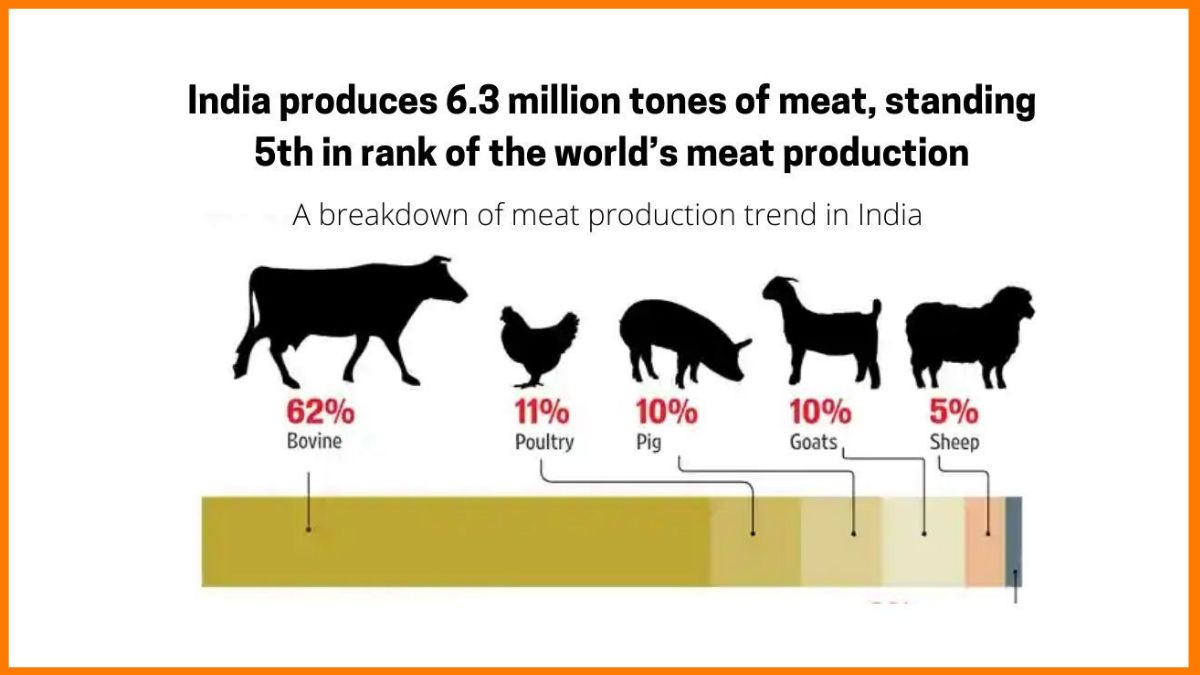
Similarly, the uptick in egg production is indicative of advancements in poultry farming and the poultry industry’s response to increasing demand for eggs. The growth in egg production reflects not only improved efficiency in poultry operations but also the industry’s ability to adapt to evolving market dynamics.
The report also highlights a significant rise in meat production, emphasizing the diverse contributions of the meat sector to the overall animal husbandry landscape. Increased meat production can be attributed to factors such as heightened consumer demand, improved breeding practices, and advancements in animal husbandry techniques.
Conversely, the negative growth observed in wool output underscores challenges faced by the wool sector, potentially influenced by factors such as changing consumer preferences, competition from synthetic materials, or challenges in the wool supply chain.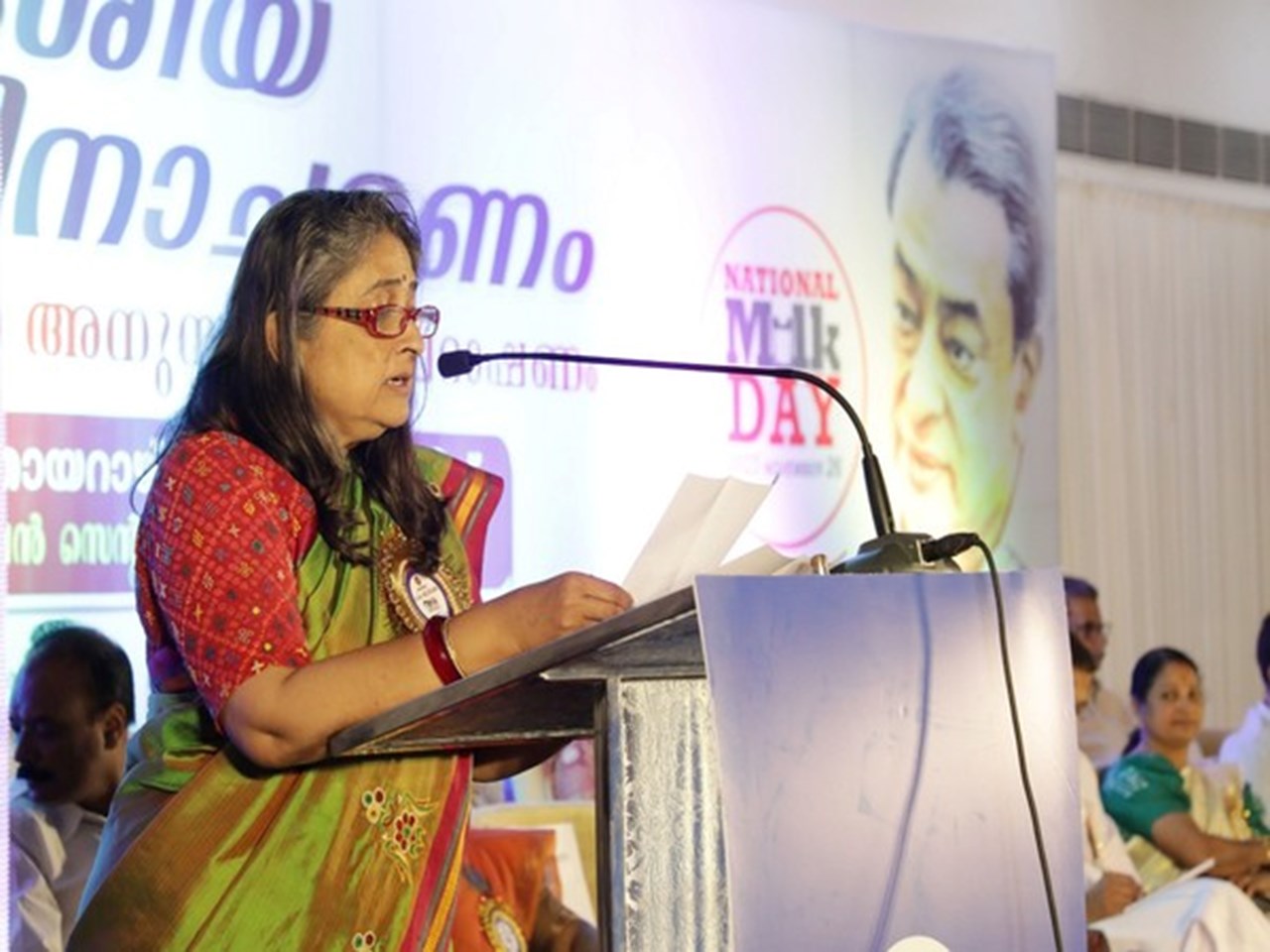
In presenting the report, Minister Parshottam Rupala aims to provide stakeholders, policymakers, and the public with a comprehensive overview of the trends and dynamics within the fisheries, animal husbandry, and dairying sectors. The data serves as a valuable resource for assessing the performance of these sectors, formulating informed policies, and promoting sustainable practices in animal agriculture.
The Basic Animal Husbandry Statistics 2023 report was unveiled during a National Milk Day event in Guwahati, offering comprehensive insights into the state of animal husbandry in India. Minister Parshottam Rupala presented the report, emphasizing its significance in understanding and assessing the trends, challenges, and opportunities within the country’s diverse and dynamic animal husbandry sector.
The report draws on data collected through the Animal Integrated Sample Survey conducted over the period from March 2022 to February 2023. This extensive survey spans three distinct seasons—summer (March-June), monsoon (July-October), and winter (November-February)—providing a nuanced and seasonally representative perspective on animal husbandry practices across the nation.
National Milk Day, observed on the birth anniversary of Dr. Verghese Kurien, the father of India’s White Revolution, serves as a fitting occasion to release a report that delves into the key components of the dairy sector. India’s dairy industry has experienced substantial growth over the years, making it a vital contributor to the agricultural economy.
Milk production, a pivotal aspect of the report, witnessed a significant increase during the fiscal year 2022-23. This growth aligns with the country’s continued efforts to enhance dairy infrastructure, promote scientific breeding practices, and bolster the dairy cooperative movement. The surge in milk production not only addresses domestic demand but also positions India as a major player in the global dairy market.
The report’s coverage extends beyond milk production to encompass other crucial facets of animal husbandry, including egg and meat production. The positive trends observed in these areas underscore the multifaceted contributions of animal agriculture to food security, livelihoods, and economic development.
While celebrating the successes in dairy, poultry, and meat production, the report also sheds light on challenges faced by the wool sector, where negative growth has been reported. Understanding the dynamics of each sub-sector is crucial for formulating targeted interventions, policies, and strategies to address specific challenges and unlock the full potential of India’s diverse animal husbandry practices.
As the report becomes a valuable reference for policymakers, researchers, and stakeholders, it will play a pivotal role in shaping the trajectory of animal husbandry in India. By fostering sustainable and inclusive growth, the insights gleaned from the report contribute to the overarching goal of enhancing the well-being of farmers, ensuring food security, and promoting resilient agricultural practices.



